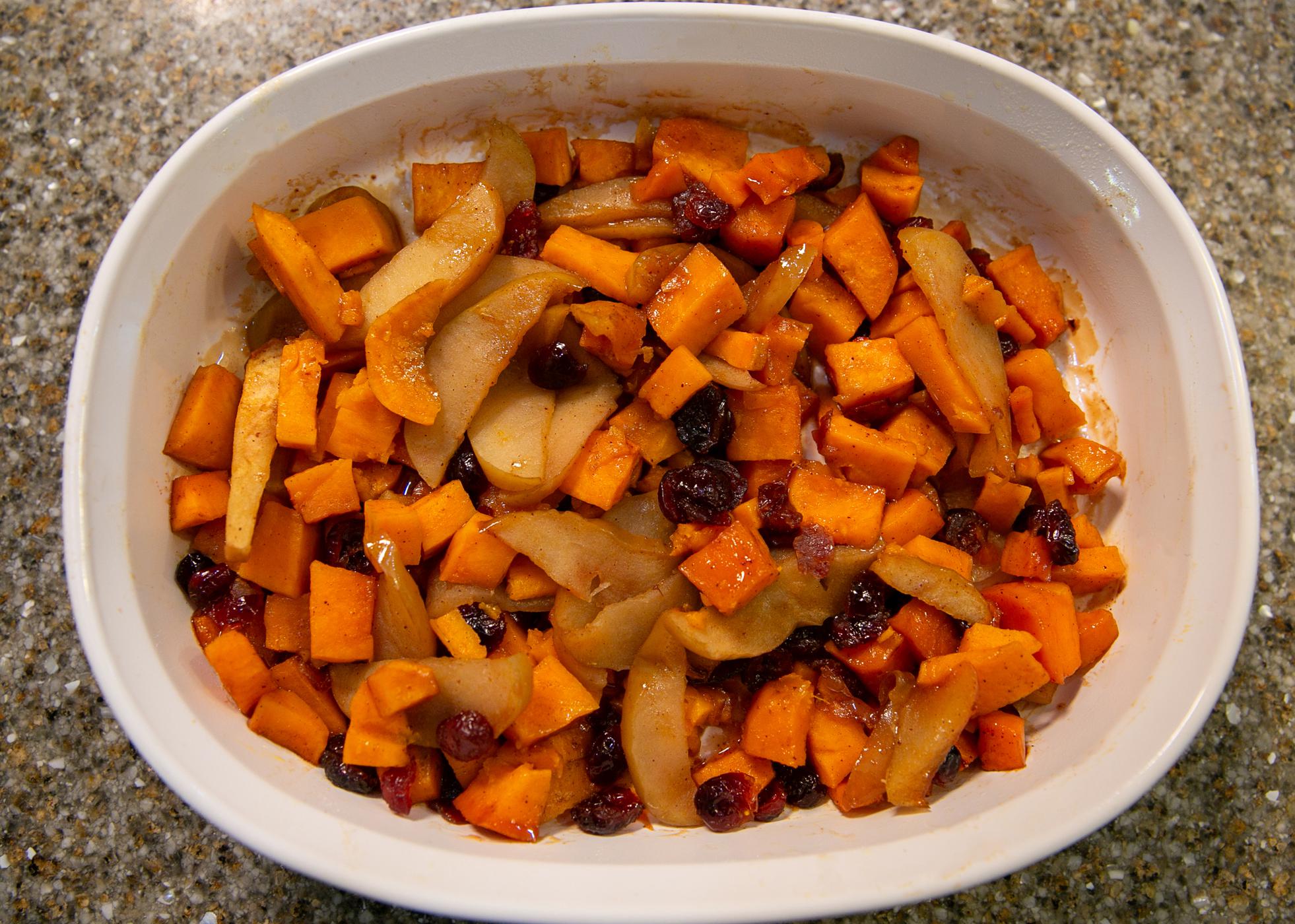School’s Out: How to Make Meals and Snacks Count
Video by Jonathan Parrish
The kids are out of school, and for some of us, our schedule is a little bit out of routine. As a mom of four, I know how hard it can be to keep those summer bellies full, so I want to share some of my go-to tips to help.
Think hydration. Some research shows that most children are not hydrated enough because they are not drinking enough water. Several factors, including a child’s age, weight, sex, and activity level, help determine the amount of water a child needs daily.
Below is a chart to get you started. Keep in mind these recommendations are for total water intake. That includes drinking water, food, and other beverages. Please remind your child to drink water because they are likely to forget with all of the summer fun. You can monitor if they are getting enough water by checking the color of their urine. It should be light yellow or similar to the color of lemonade.
You can add flavor to plain water by infusing it with fruits, vegetables, spices, and herbs. Try one of these recipes featured on The Food Factor or make up your own.
Kids Total Daily Beverage and Drinking Water Requirements
|
Age Range |
Gender |
Total Water (Cups/Day) |
|
4 to 8 years |
Girls and Boys |
7 |
|
9 to 13 years |
Girls |
9 |
|
|
Boys |
10 |
|
14 to 18 years |
Girls |
10 |
|
|
Boys |
14 |
Data are from Institute of Medicine of the National Academies. Dietary Reference Intakes (DRIs) Tables. Recommended Daily Allowance and Adequate Intake Values: Total Water and Macronutrients. Source: American Academy of Dietetics
Encourage taste breaks. If they developed a habit of eating fast at school because of time constraints, have them slow down. I have my children put their silverware down, take a few deep breaths to relax, and encourage them to thoroughly chew their food. This is also a time when we may talk about their day. This helps them enjoy their food, and their brains have time to signal to their bellies that they are full.
Keep a schedule if you can. Try to keep their eating schedule at home like their eating schedule at school. Most schools have breakfast, lunch, and a snack in the morning or after lunch. On a schedule, they’ll be less likely to want to snack all day.
Think CFP. At each meal and snack time, offer a combination of foods that provide complex carbohydrates (whole grains), fiber, healthy fat, and protein to give kids lasting energy and keep those bellies full. Try to limit refined carbohydrates and highly processed snacks.Check out Extension Publication 3568, “Healthy Snacks for Kids on the Go or at Home,” for snack combination ideas and recipes.
Be sure to read the blog next month when I’ll be posting some of my family's favorite snacks.
Bottom line: Summertime is a fun time, so keep it simple, snack smarter, and enjoy.
For more helpful tips like these, visit extension.msstate.edu and join our Nutrition and Wellness Facebook group.
Other trusted sources for information, tips, and recipes include the Academy of Nutrition and Dietetics and U.S. Department of Agriculture My Plate websites.
Subscribe to Extension for Real Life
Fill in the information below to receive a weekly update of our blog posts.









